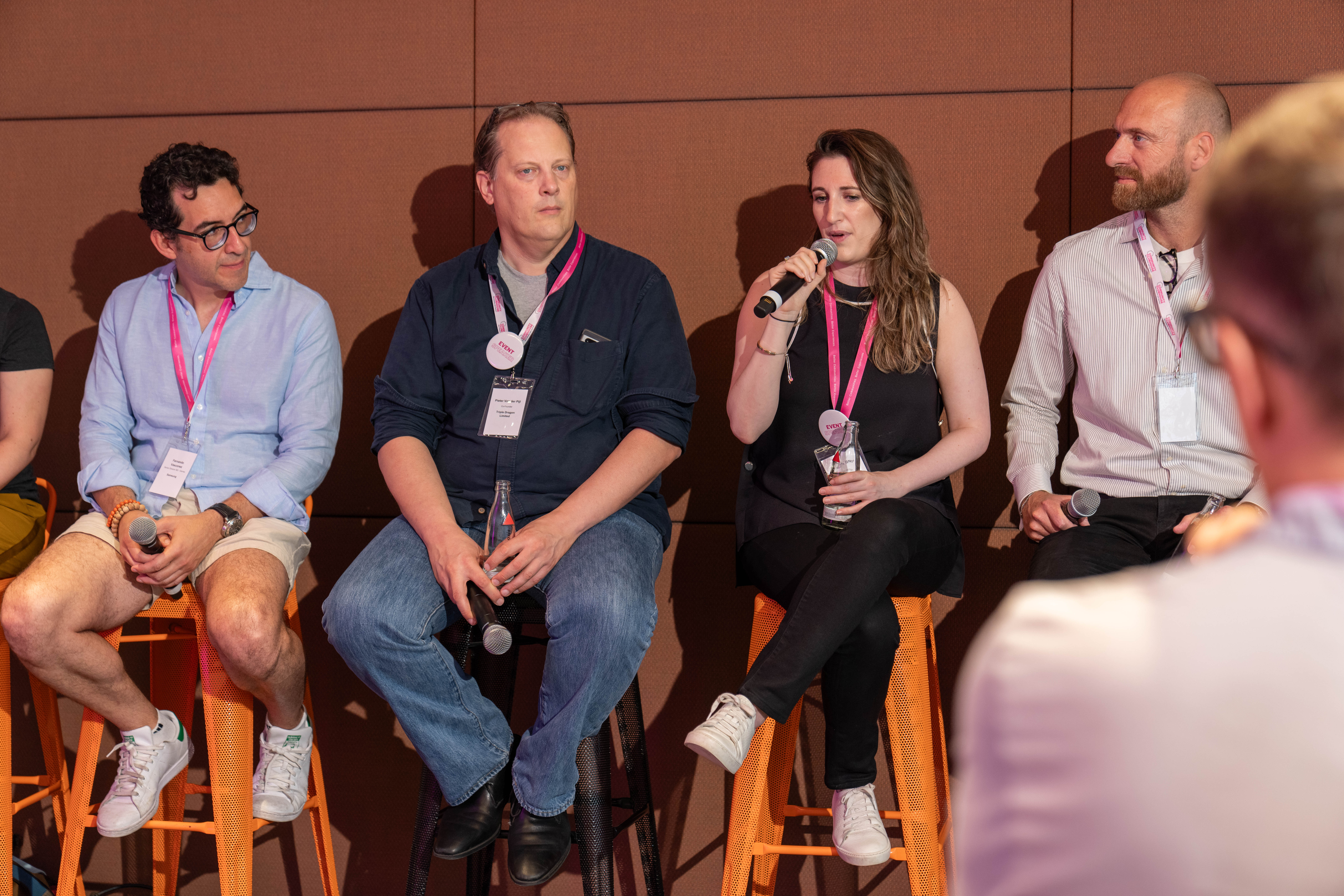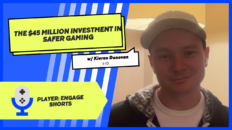Navigating indie game development funding is a nuanced landscape, akin to a well-designed game itself. Just like any gamer, you need a strategy. Luckily, you don’t need to buy a strategy guide; everything is right here, distilled from insights at Gamescom, PitchBook data, and industry know-how.
Intel: Building a Long-Term Alliance
At the recent Community Clubhouse @ Gamescom, a panel featuring industry experts tackled investments and the consensus was clear, Investment isn’t a mere transaction. It’s a long-term alliance. So as you’re scouting for funding, remember, you’re also scouting for a partner in crime.
Panel:
-Oscar Clark, CEO at Fundamentally Games
-Fernando Vasconez, Sr. Director Business Dev at Samsung
-Chloe Giusti, Regional Lead at Americas at ID@Xbox,
-Christian Andreasen, Head of Incubator at Filmby Aarhus,
-Pieter Van der Pijl, Co-Founder at Triple Dragon
-Pamina Bou, Director at FactorTech
-Nick Button-Brown, Chair of the Board at Outright Games
The Power of Community: A Strategic Advantage
Community isn’t just a fan base; it’s your game’s lifeblood. A compelling concept that aligns with community sentiments can substantially tilt investor interest in your favor. Get your narrative and gameplay to resonate with your audience, and you’re not just pitching a game; you’re offering a vision.

Game Mechanics: Demystifying Investor Priorities
Here’s what makes investors sit up and take notice:
- Strong Game Concept: Investors crave uniqueness. A compelling storyline, mechanics, or art style can make your game unforgettable. Your “elevator pitch” needs to be just as memorable.
- Product-Market Fit: In a market as competitive as a Fortnite showdown, your game must stand out. Can it meet an unfulfilled need? If so, you’re already ahead of the curve.
- Momentum & Metrics: Investors are swayed by data. Whether it’s user engagement, growth rates, or retention metrics, they’re your best advocates if you’ve got impressive numbers.
- Commercial Potential: Bottom line: Can this game turn a profit? Clearly outline your revenue models and projections. Money talks, but a well-laid-out financial plan sings.
- Customized Pitches: A targeted pitch can make a significant impact. Do your homework on the investor’s previous undertakings and interests; it pays to be prepared.
PitchBook Insights: The Numbers Game
Investing in an indie game is a gamble, but one where you can tilt the odds in your favor. Let’s take a detailed look at the PitchBook data, to understand the “why” behind the numbers and how you can leverage these trends in your favor.
Deal Value vs. Deal Count: Going All In
The 12.1% uptick in total value to $1.1 billion in Q2 2023, despite fewer deals, signals that the stakes are higher. Investors seem to be placing more substantial bets on fewer, high-quality projects. This could be a good thing for you. If your game demonstrates a compelling vision and strong KPIs, investors might be willing to commit larger funds. But remember, with great investment comes great expectations. Make sure your business plan can deliver on the promise of bigger bets.
Geographic Focus: A Tale of Two Continents
North America still holds the crown when it comes to gaming investments. If you’re based here, consider this home-field advantage. But don’t underestimate the importance of localization for other markets. While North American investments lead, other regions like Europe and Asia are burgeoning hotspots for indie games. The takeaway? Make sure your game has global appeal or can be easily localized to tap into international funds.
Investment Stages: The Long and Short Game
The abundance of early-stage deals is a positive sign for startups. Investors are optimistic about the industry’s future and willing to bet on emerging talent. However, early-stage funding often comes with its own set of caveats—like giving up equity or entering revenue-sharing agreements. Be prepared to negotiate these terms, and don’t forget to have an exit strategy for these partnerships.
Capital Sources: A Diverse Portfolio
Your funding options range from bootstrapping to venture capital. Each source has its pros and cons, so weigh your options carefully:
- Self-Funding: A great option if you have the reserves.
- Friends and Family: The “entry-level” of game funding.
- Co-Founders and Partners: Shared risk, shared reward.
- Angel Investors: Often willing to take risks on newcomers.
- Venture Capital: High stakes, high rewards.
- Game Accelerators: An infusion of resources and mentorship.
- Publishers: The traditional route, but with strings attached.
The Grand Finale: Your Action Plan
Armed with these insights and metrics, your next step is crafting an investor pitch that not only secures funding but also lays the groundwork for a fruitful partnership. The world of indie game funding is challenging but far from insurmountable. With the right strategy, you can level up from a startup to a headline-making success.
This article incorporates insights from GamesIndustry.biz, a panel discussion at Gamescom, and PitchBook data. All due credits go to these sources.





